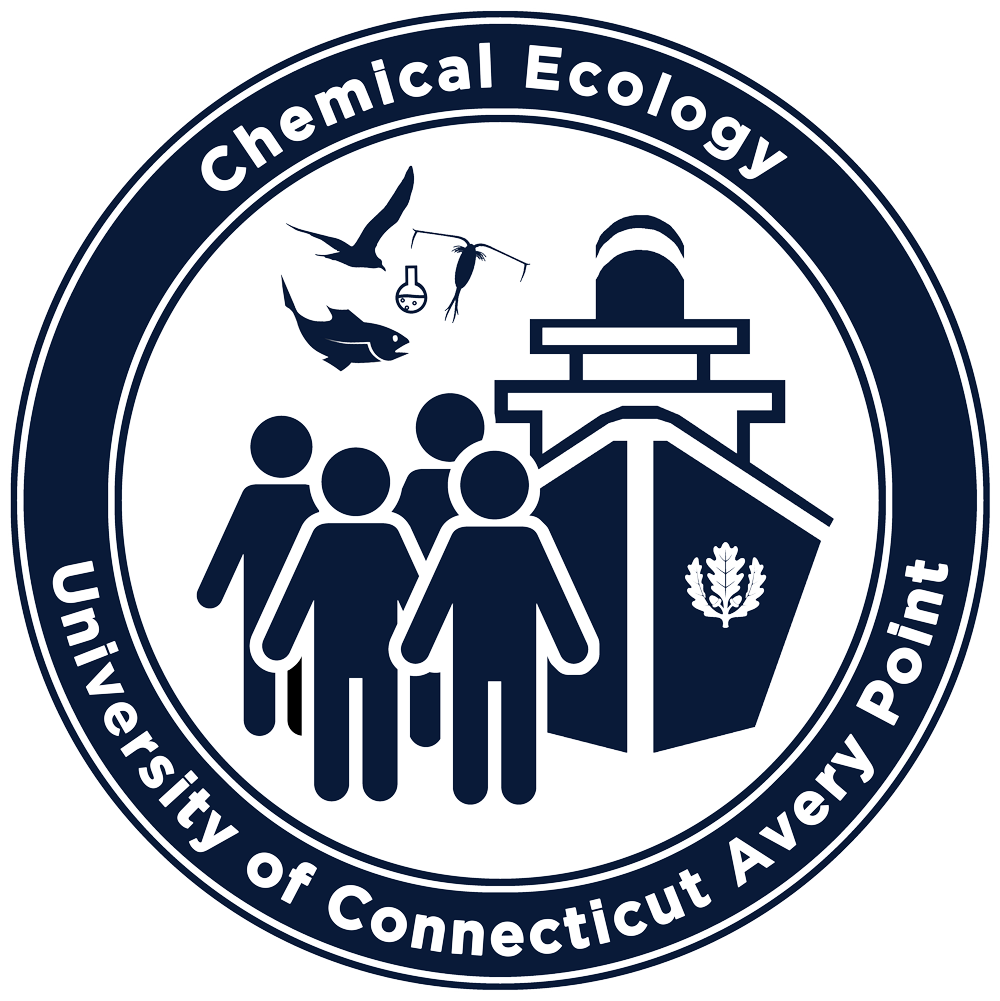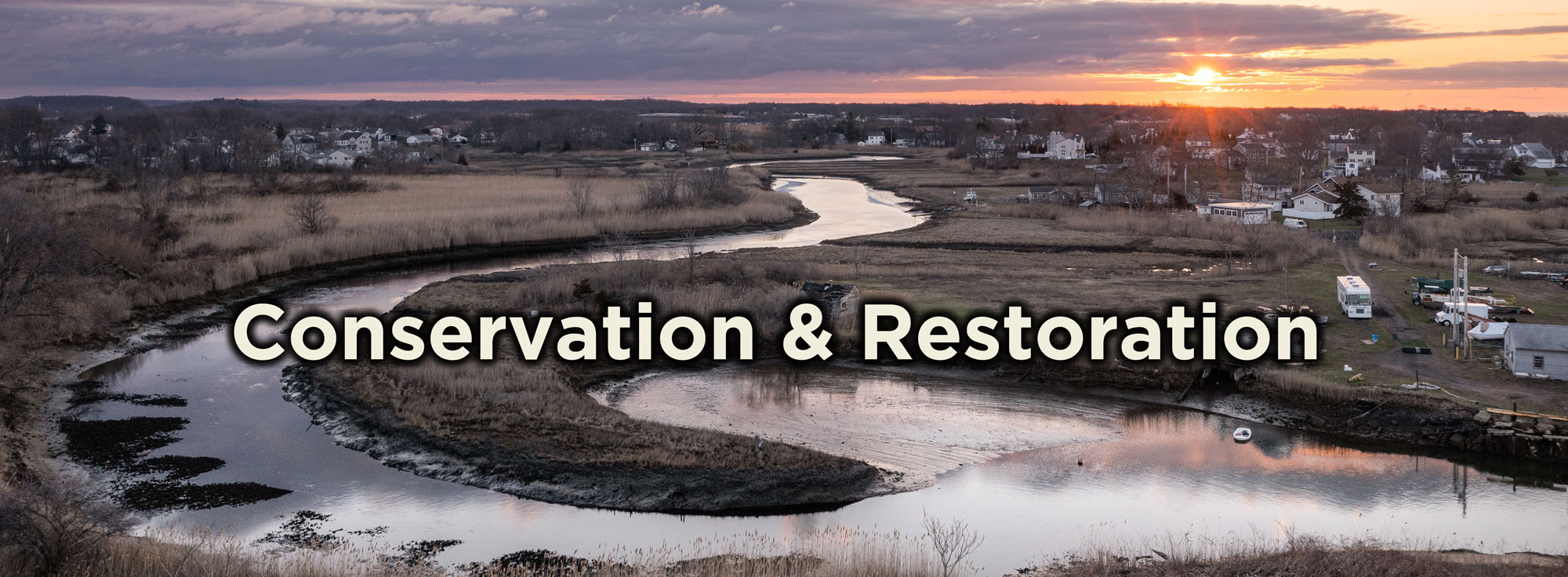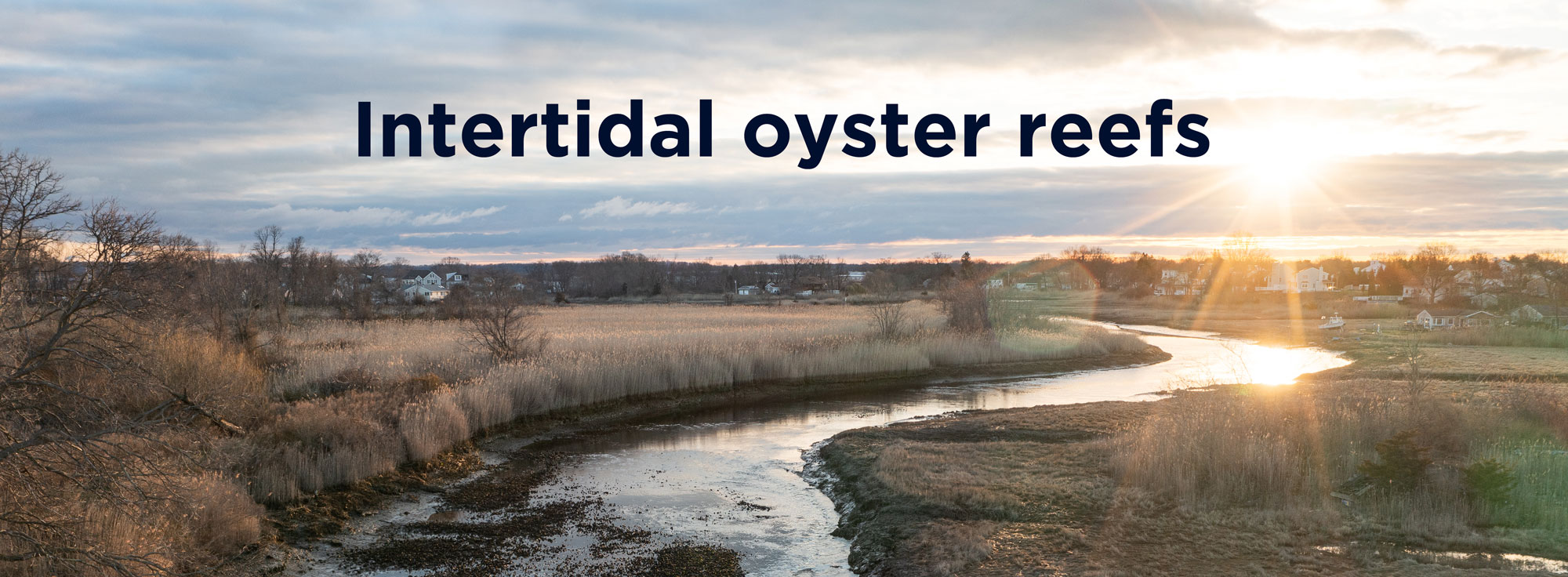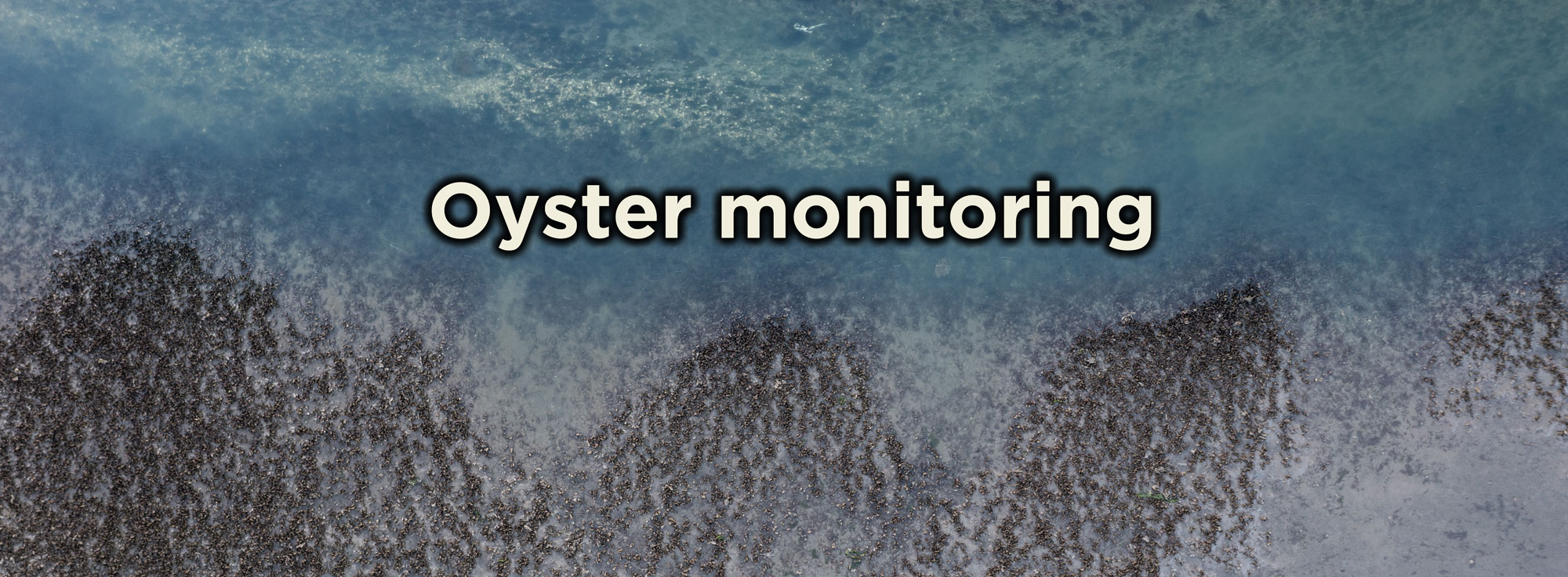The Chemical Ecology Lab
The Chemical Ecology Lab at the Department of Marine Sciences is where we wonder about coastal processes at the intersection of marine ecology, chemistry, geology, and physics. These processes shape the natural communities and, thus, the physical environment where these organisms exist. We are interested in learning about the interactions between chemical cycles and life cycles in the coastal ocean. A large component of our efforts has been researching contaminant cycles and bioaccumulation, and our research portfolio is evolving to include new topics, including coastal acidification.
Our lab is located at the shore of Long Island Sound, a temperate estuary impacted by New York City in its west end and the North Atlantic Ocean in the east. Over the last century, anthropogenic activities, including pollution, have highly impacted this estuary. One remarkable pollutant we are studying is mercury, which is significant locally in Long Island Sound, regionally in New England, and Globally. This pollutant has major impacts on human health, and despite decades of research, there is still much to uncover about it. Our lab has been addressing the marine cycle, mobility in marine food webs, and the internal cycling of mercury in living organisms, and this work will continue. We are also interested in other emerging pollutants, including PFAS, the “forever chemicals.”
Our lab is also engaged in the restoration of Long Island Sound. We are supporting this restoration through our research of oyster ecosystems and the service of shell recycling. We strive to bring more oysters to Long Island Sound, and successful oyster restoration will be guided by sound science and management strategies with the support of local communities.

Often graduate students hope to engage in outreach & share their love for ocean sciences with younger peers. It isn't always easy to find meaningful opportunities. @UConnMarineSci we have an inaugural group of exceptional fellows!

New fellowship offers outreach experience for DMS students! | Marine Sciences
The New Generation of Marine Scientists and Stewards Fellowship is a new initiative led by Dr. Zofia Baumann, who ...
marinesciences.uconn.edu
We are looking for a MS student for an innovative NSF-funded project exploring the cycling of #monomethylmercury in #phytoplankton. The start date is January 7th, 2025. For more info contact me: zofia.baumann@uconn.edu
https://marinesciences.media.uconn.edu/wp-content/uploads/sites/459/2024/09/MS-student-job-ad.pdf
WOW! As Jimmy Carter approaches his 100th birthday on October 1, he has been more alert in the last few weeks and told his son, according to AJC:
“I’m only trying to make it to vote for Kamala Harris.”
Every vote counts. If a 100 year old in hospice can vote so can pretty much…
Organize. Talk to neighbors you may not agree with. Organize. Support your campaign friends and candidates putting themselves out there. Organize. Vote.



